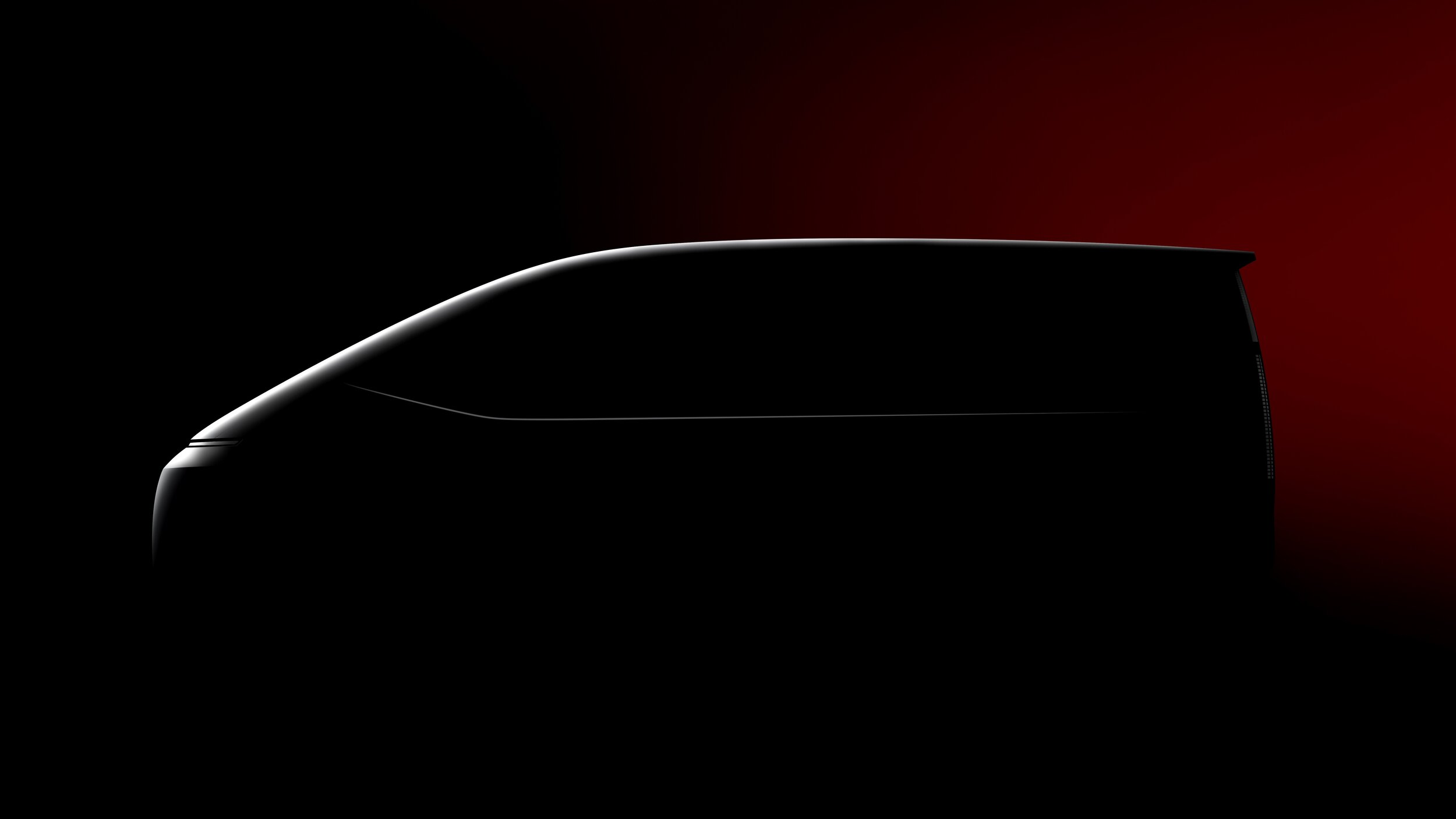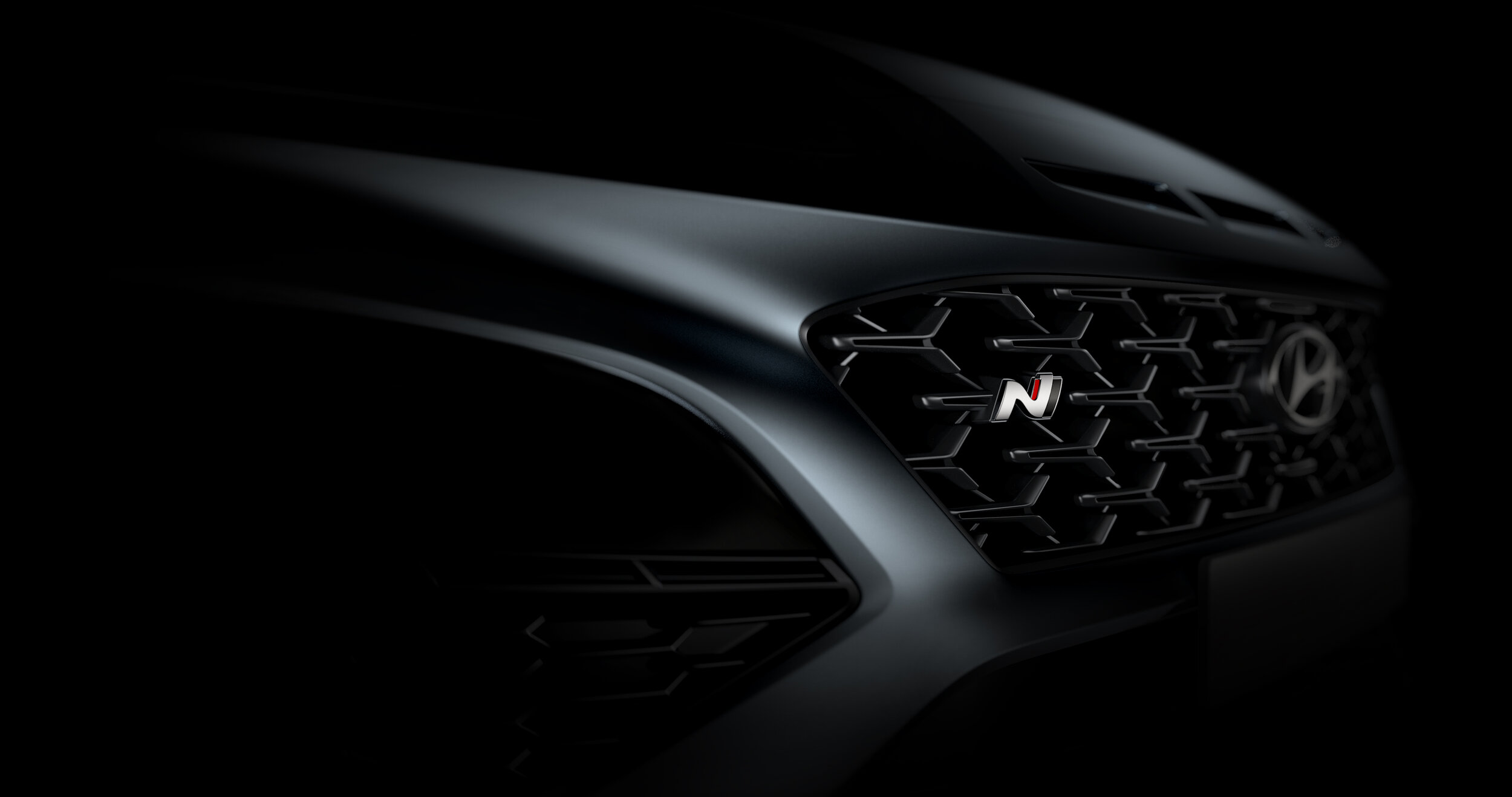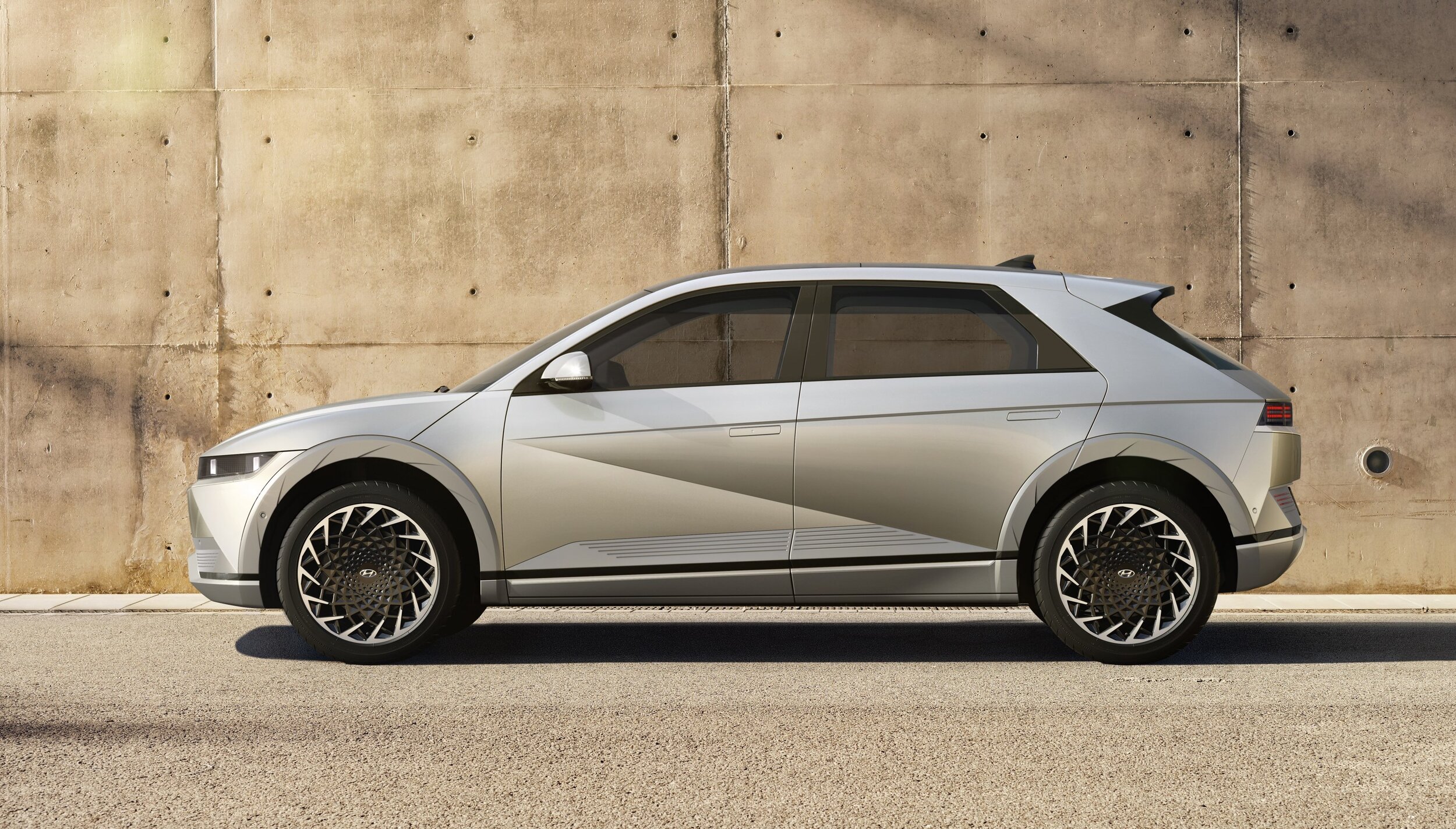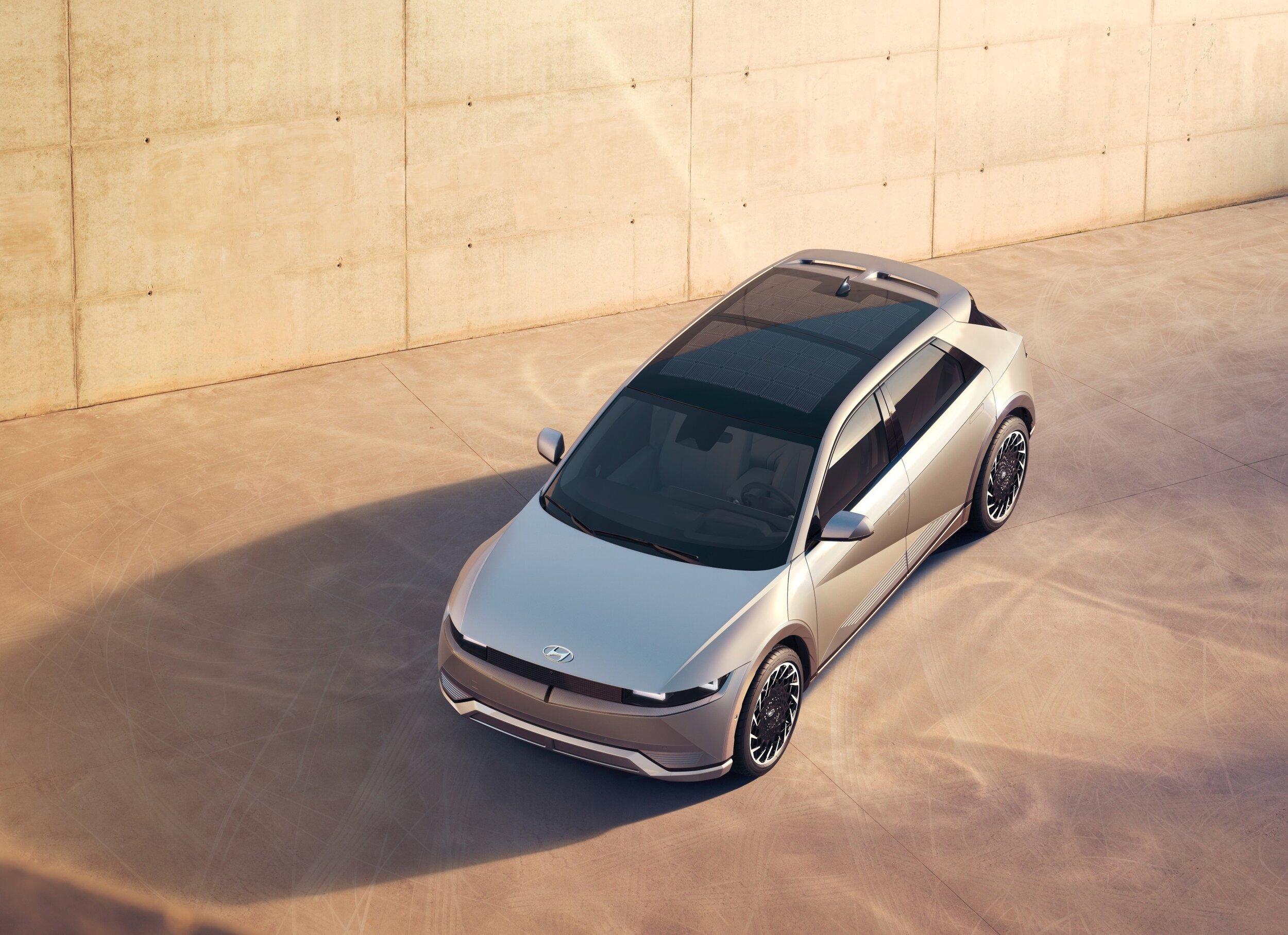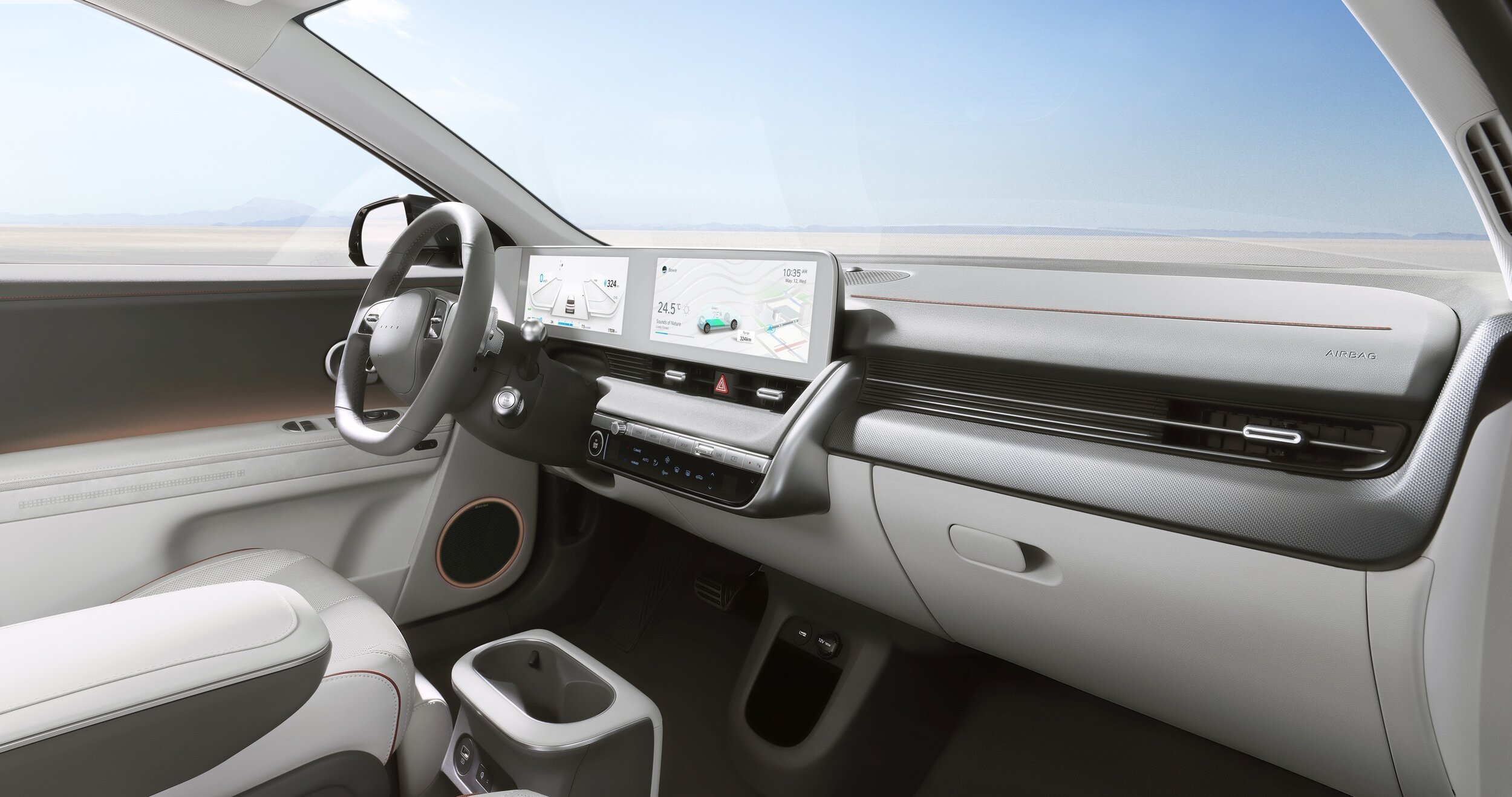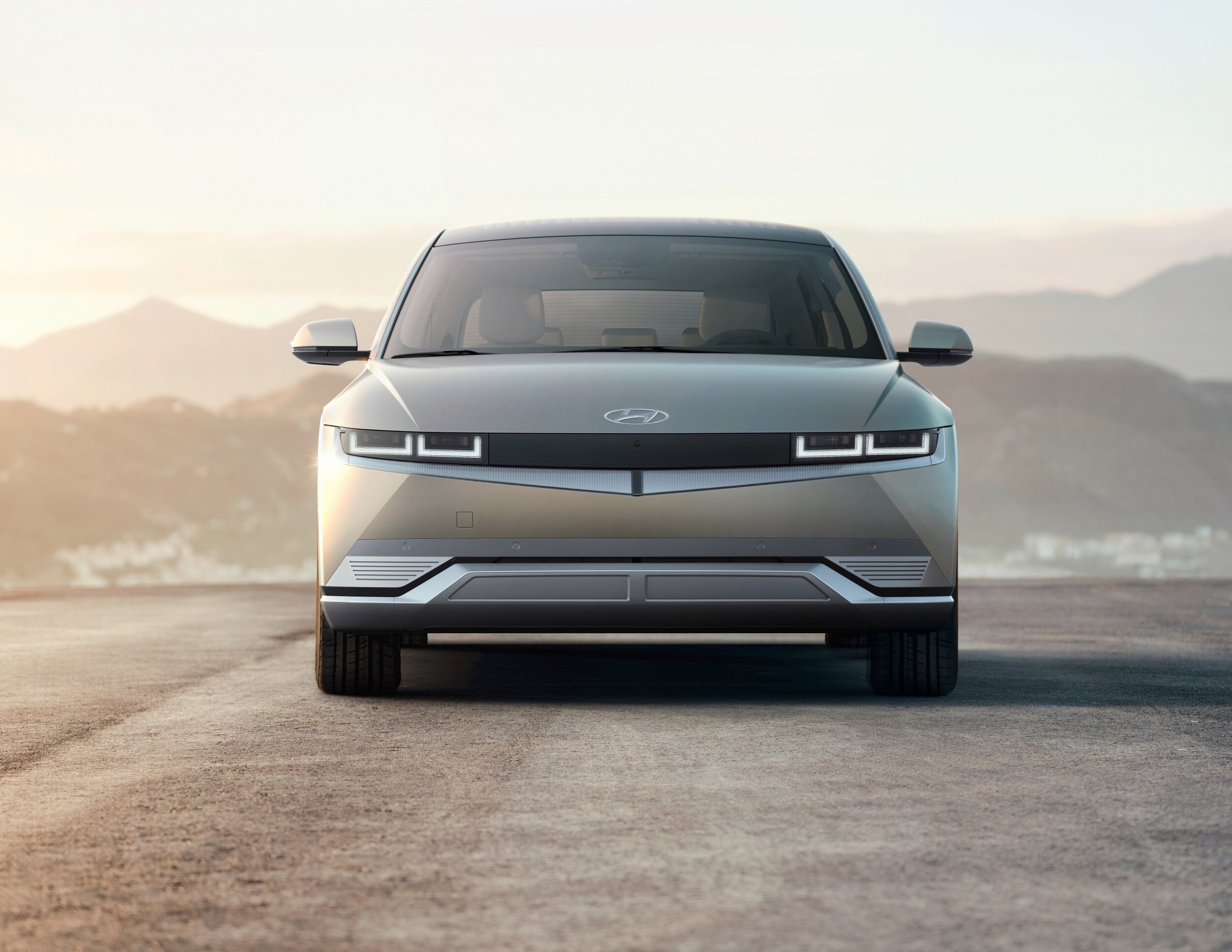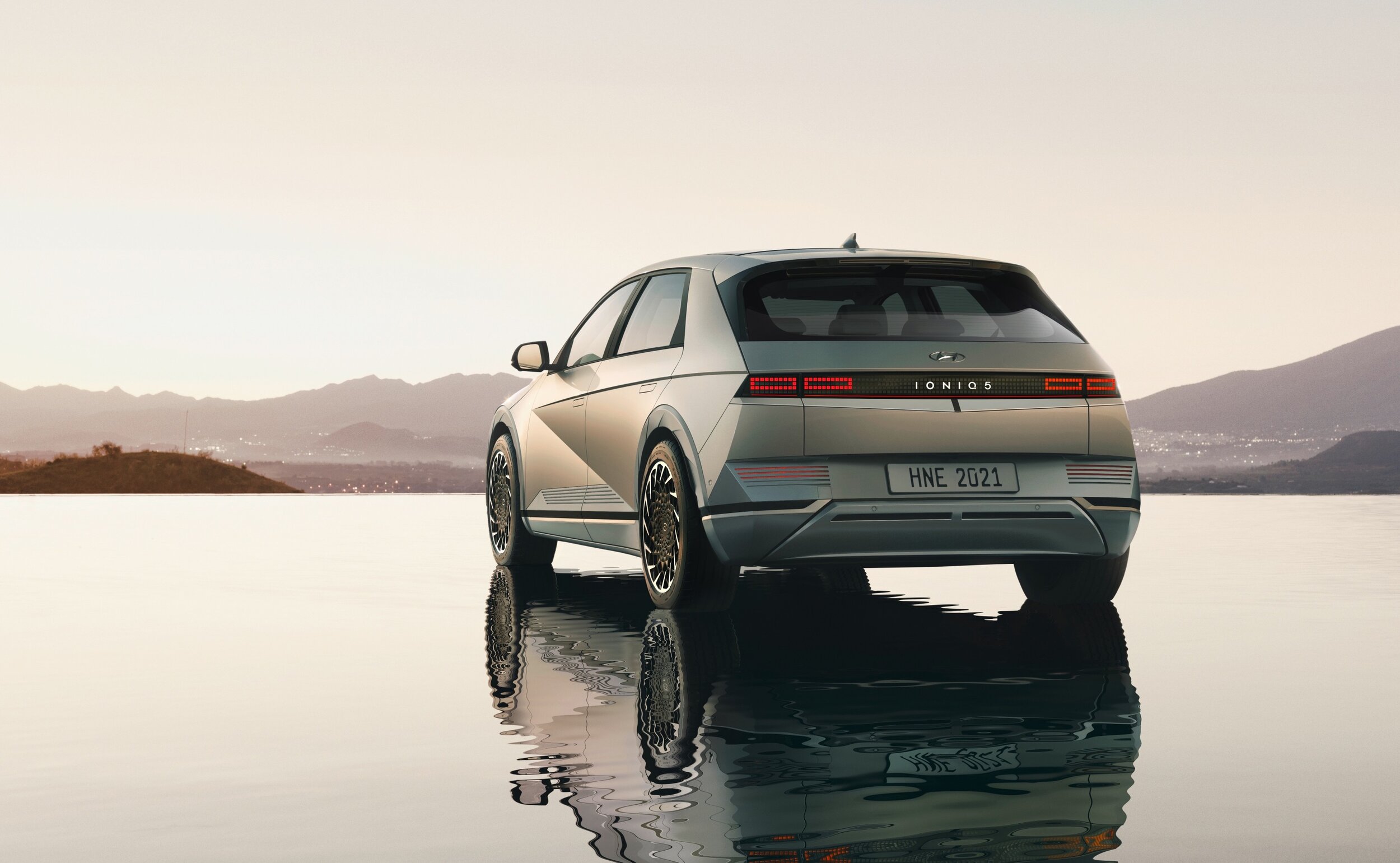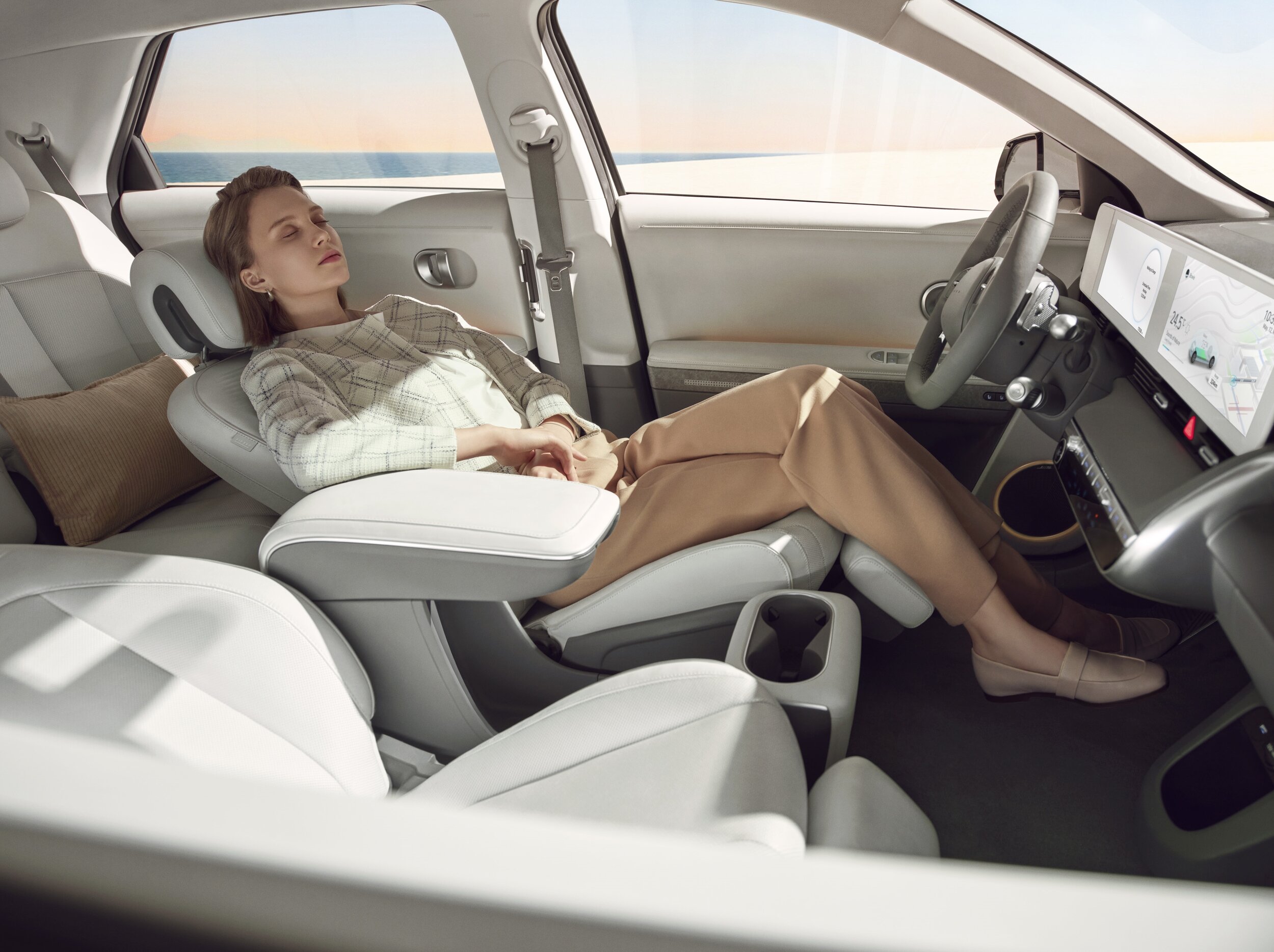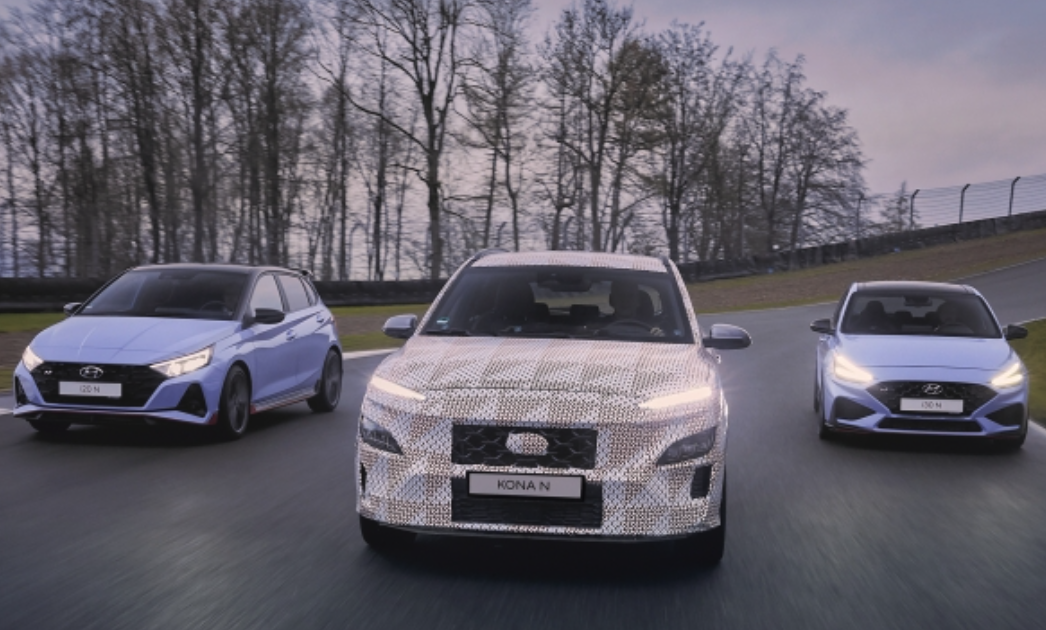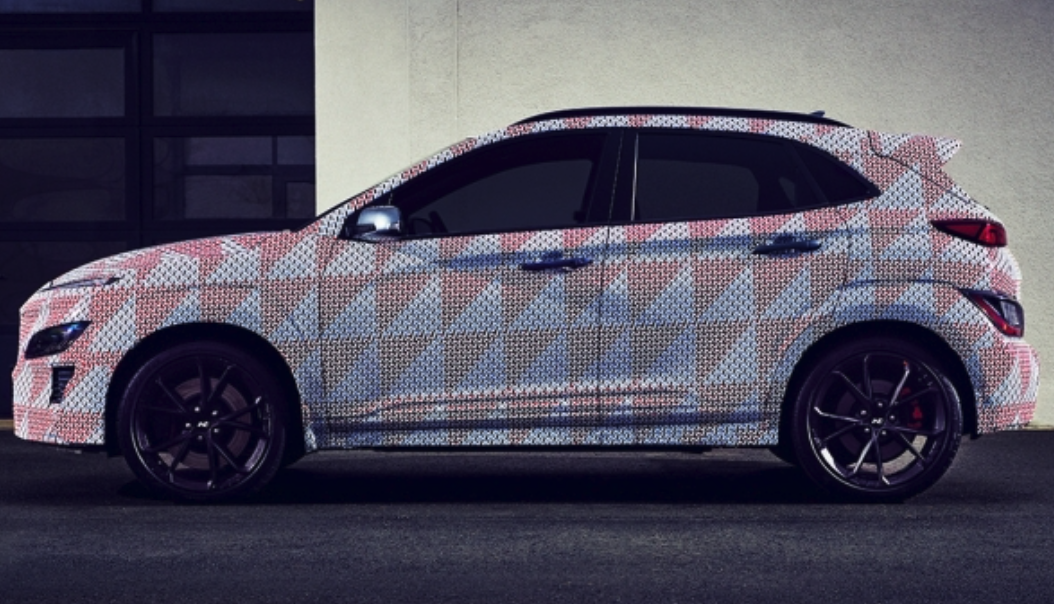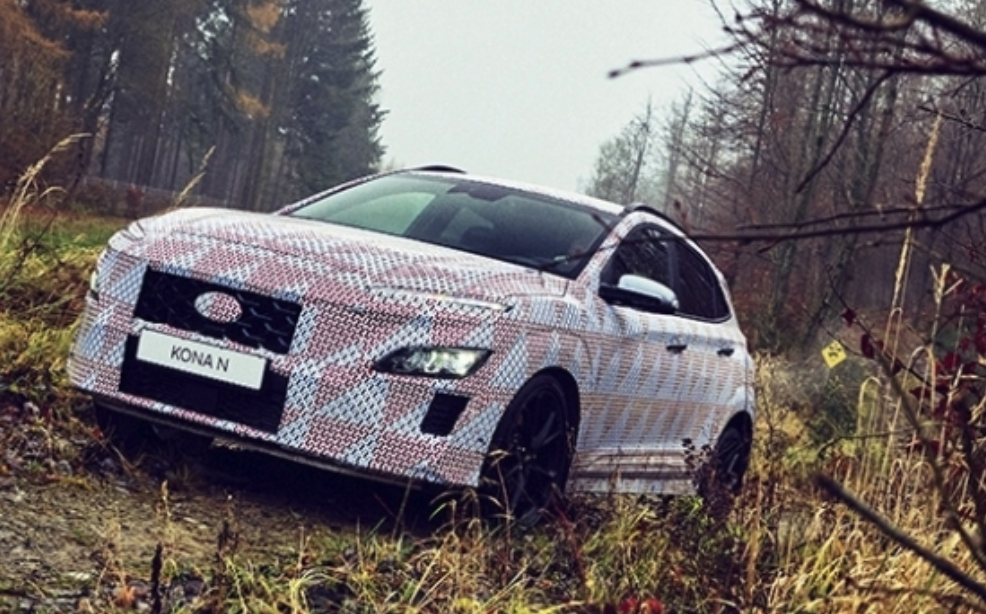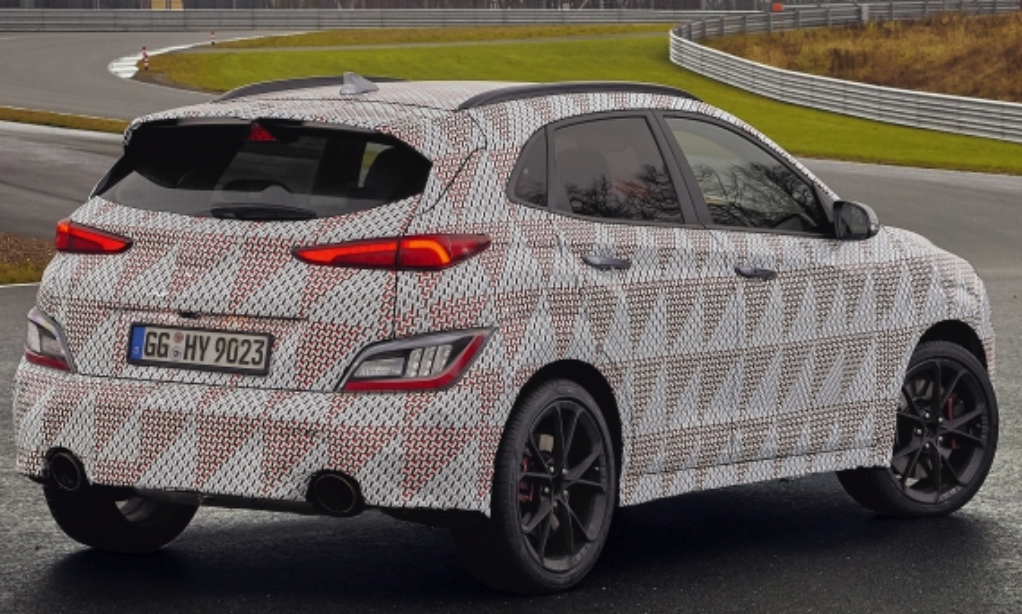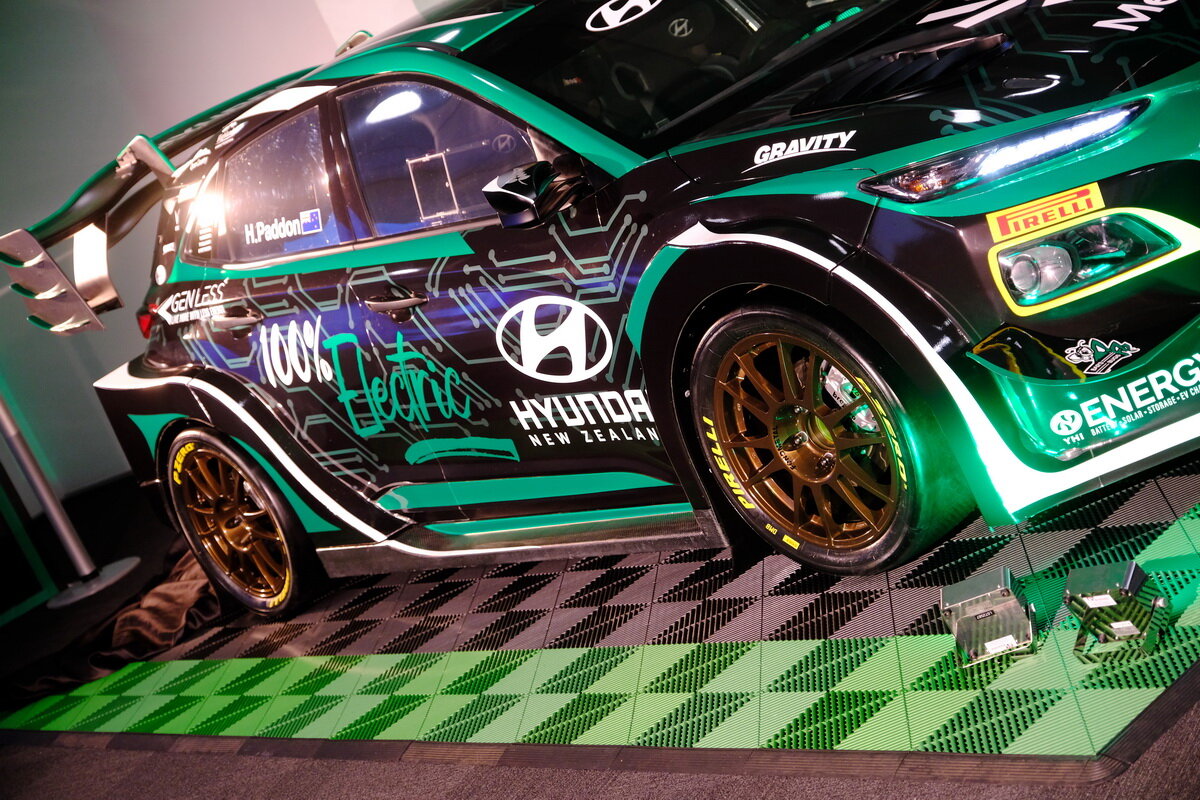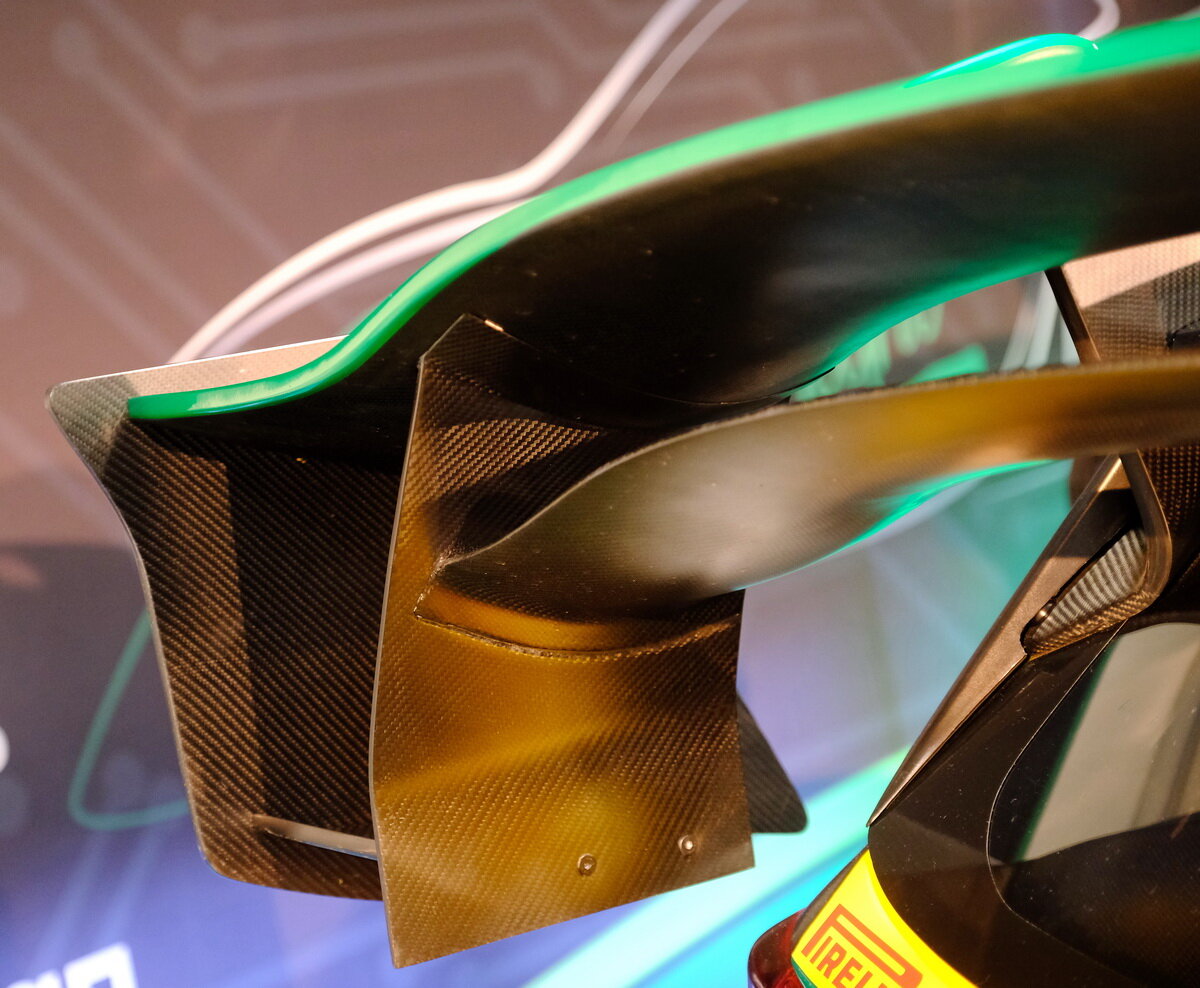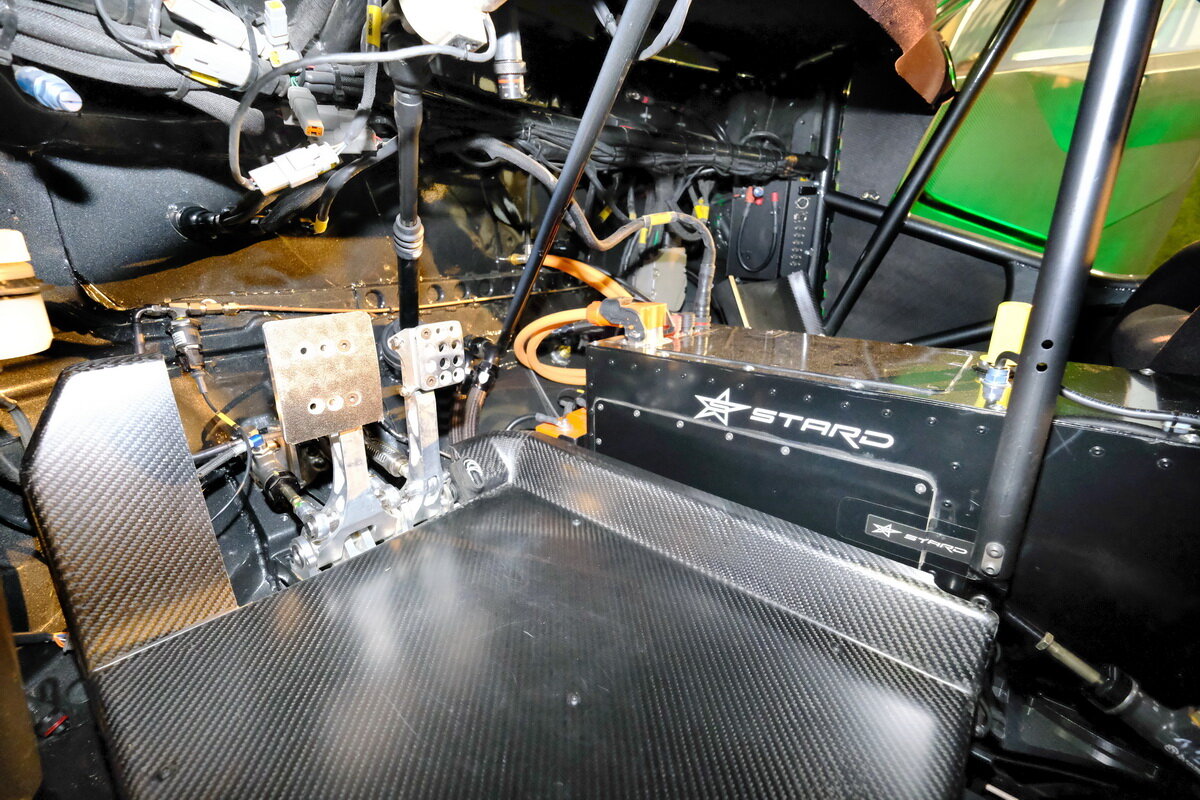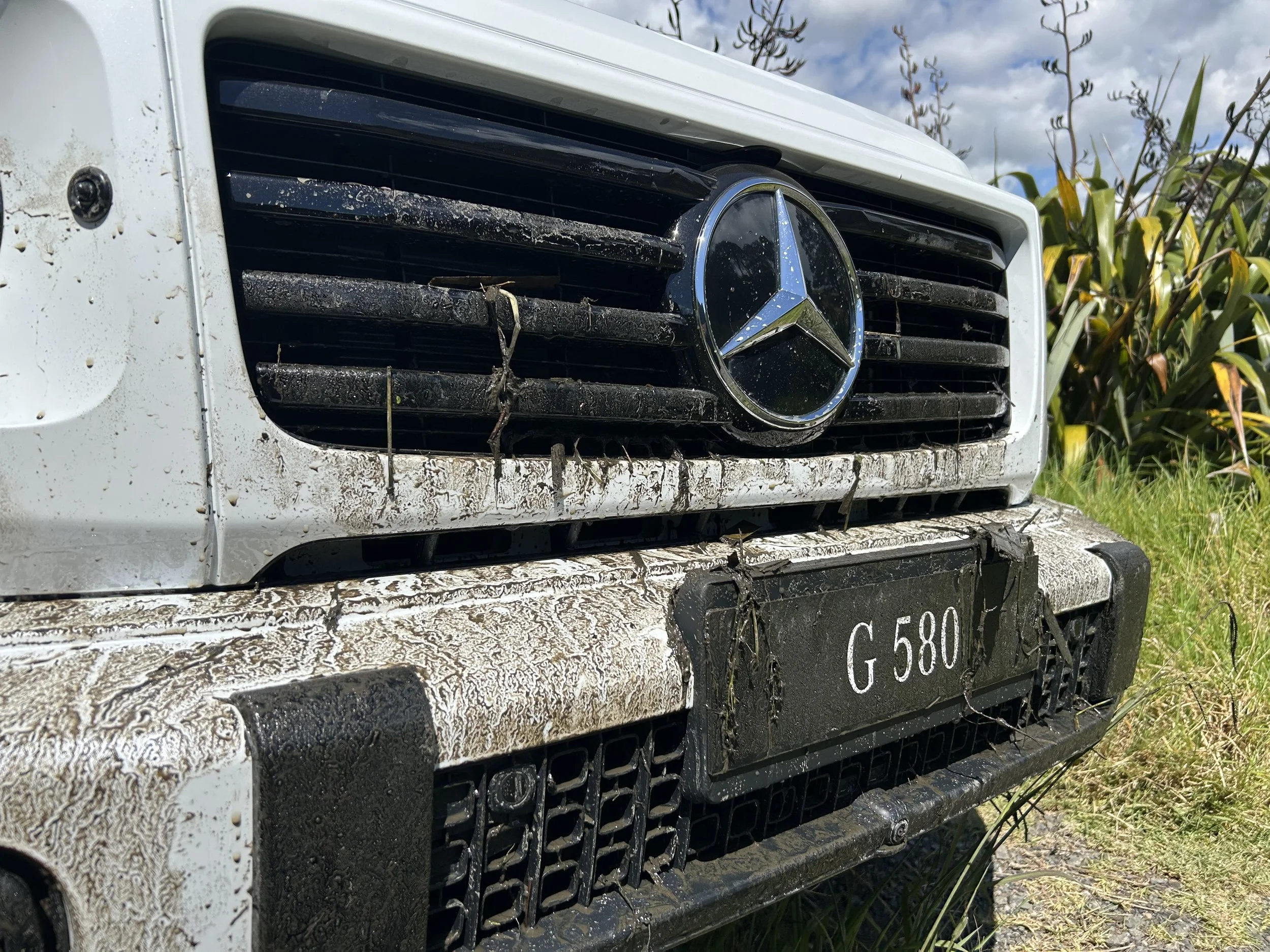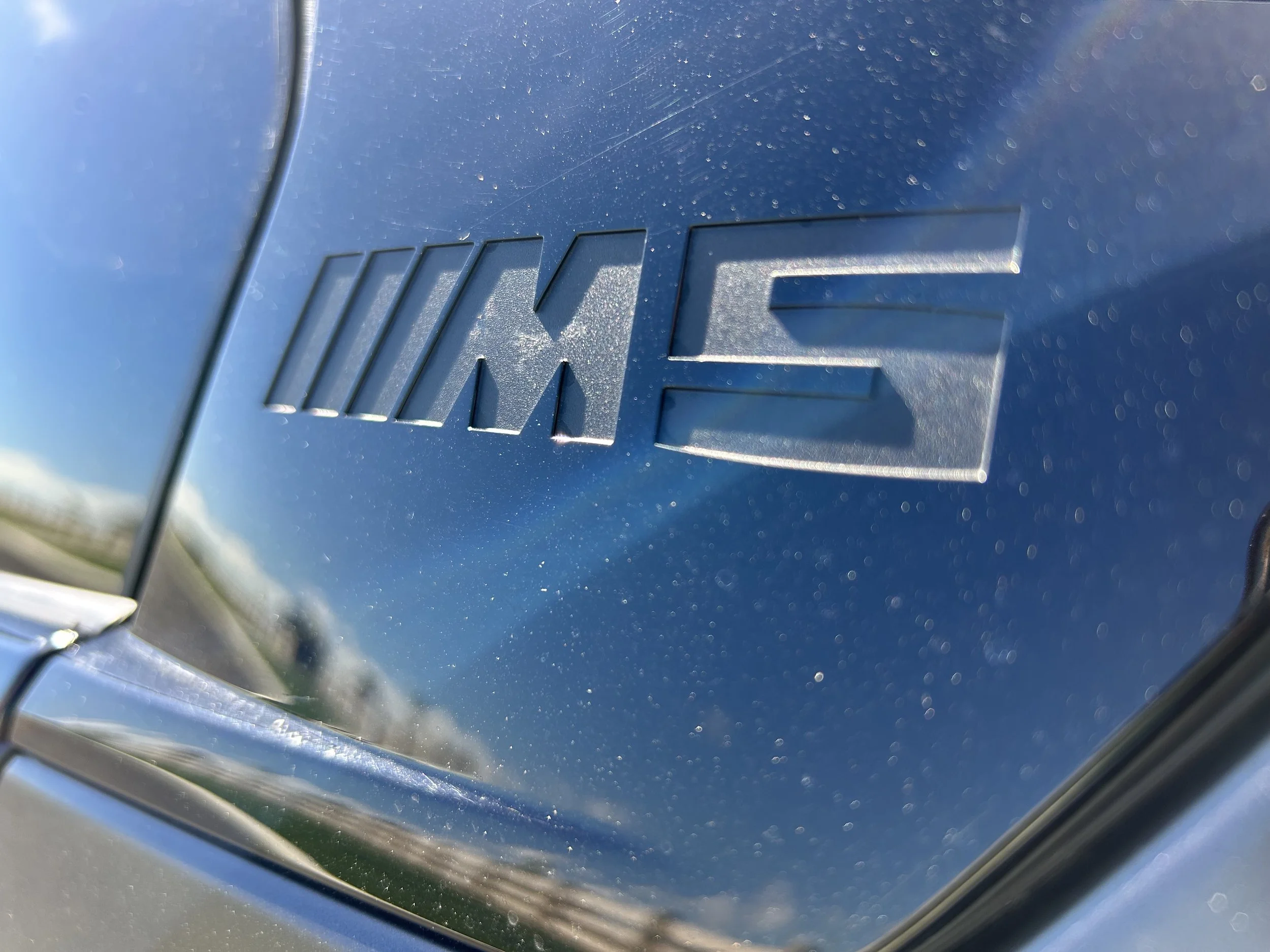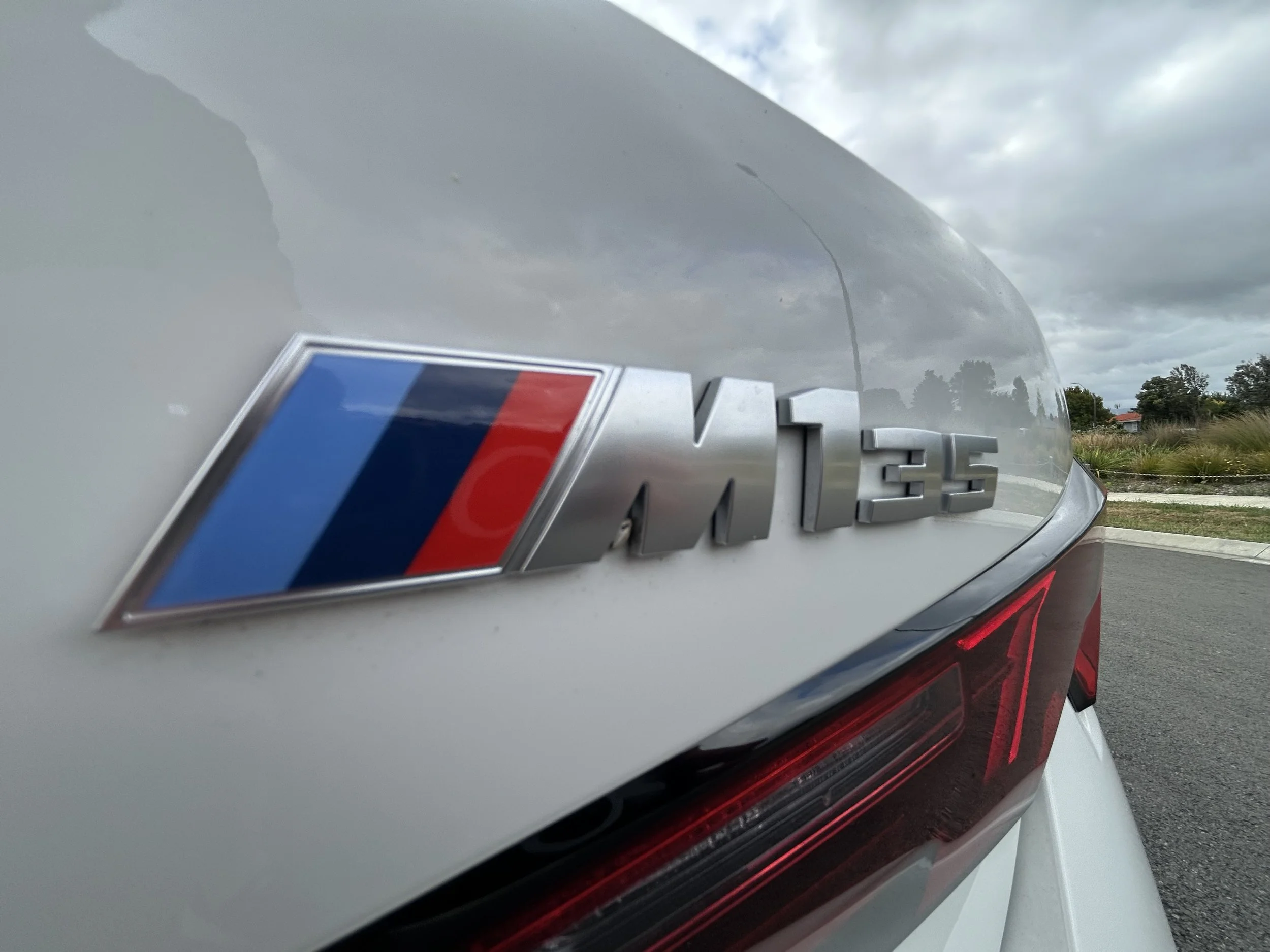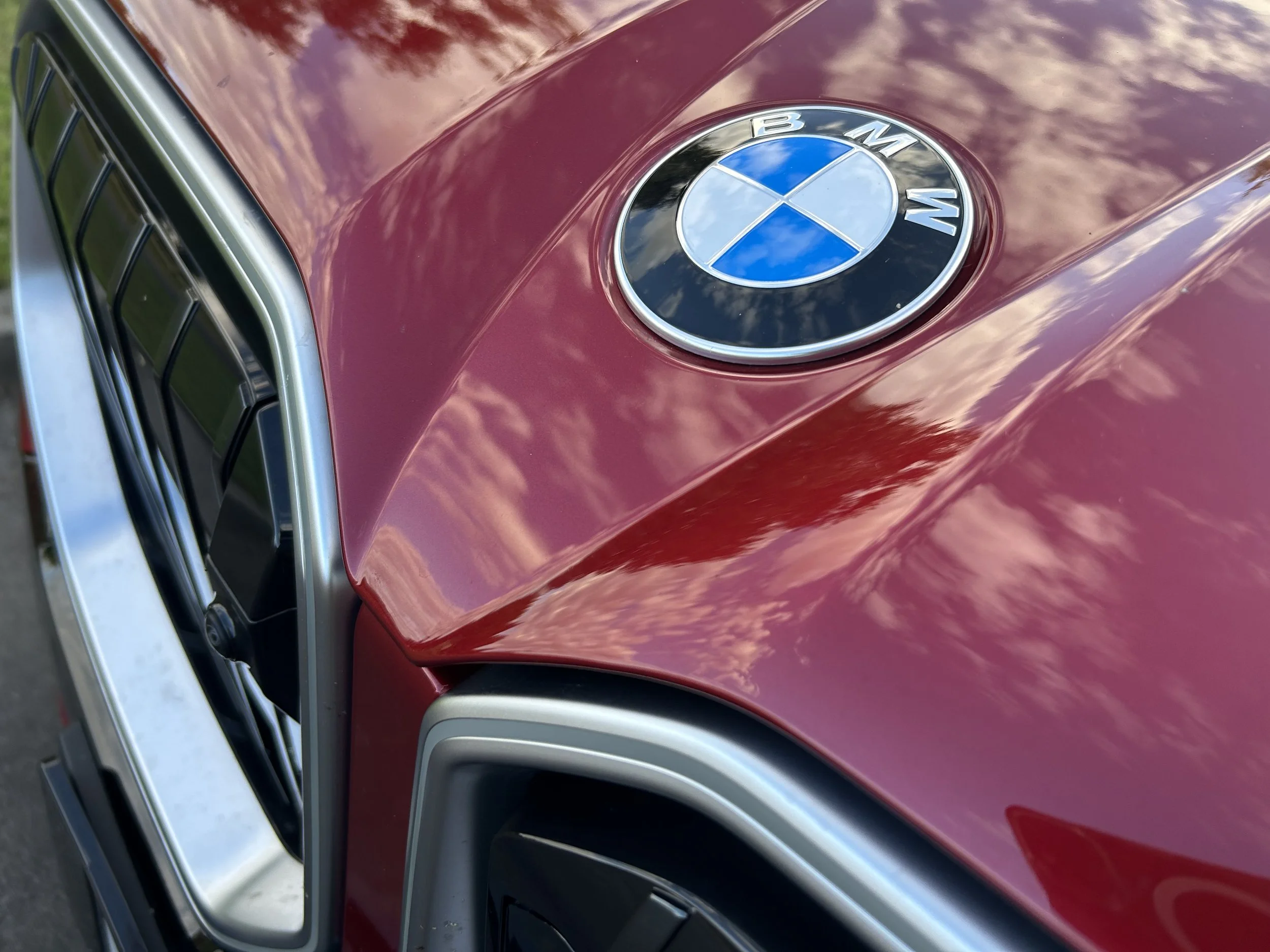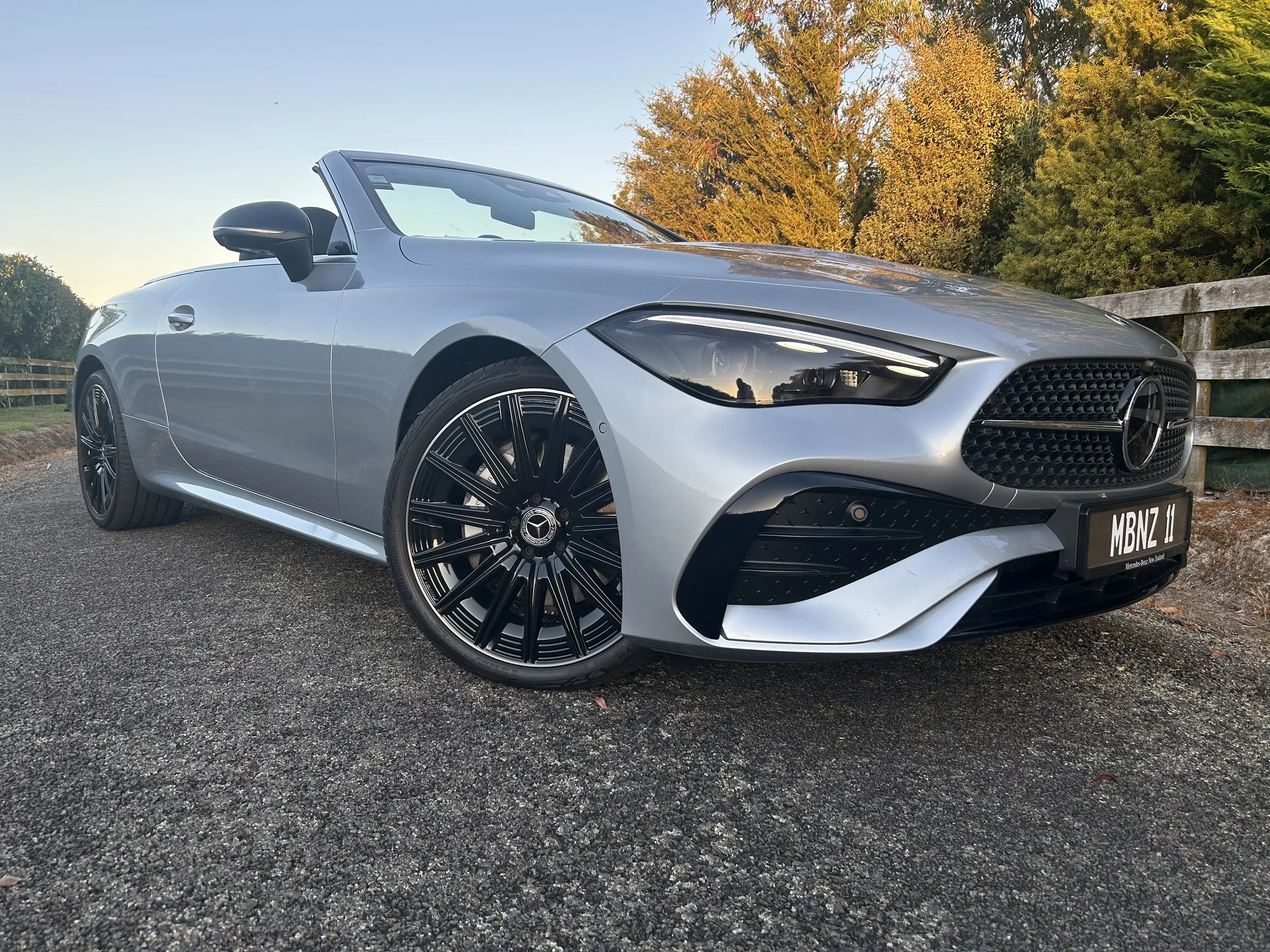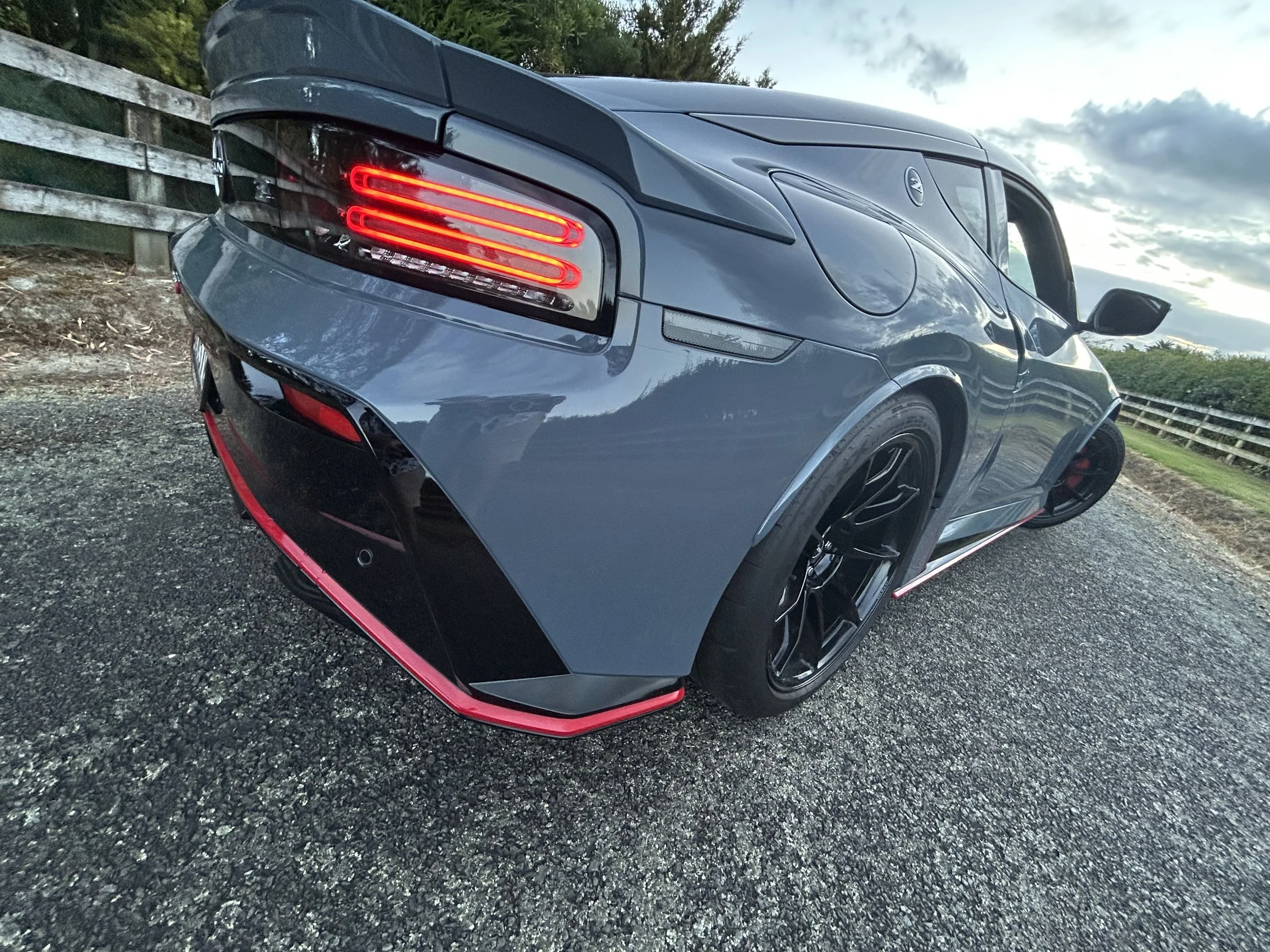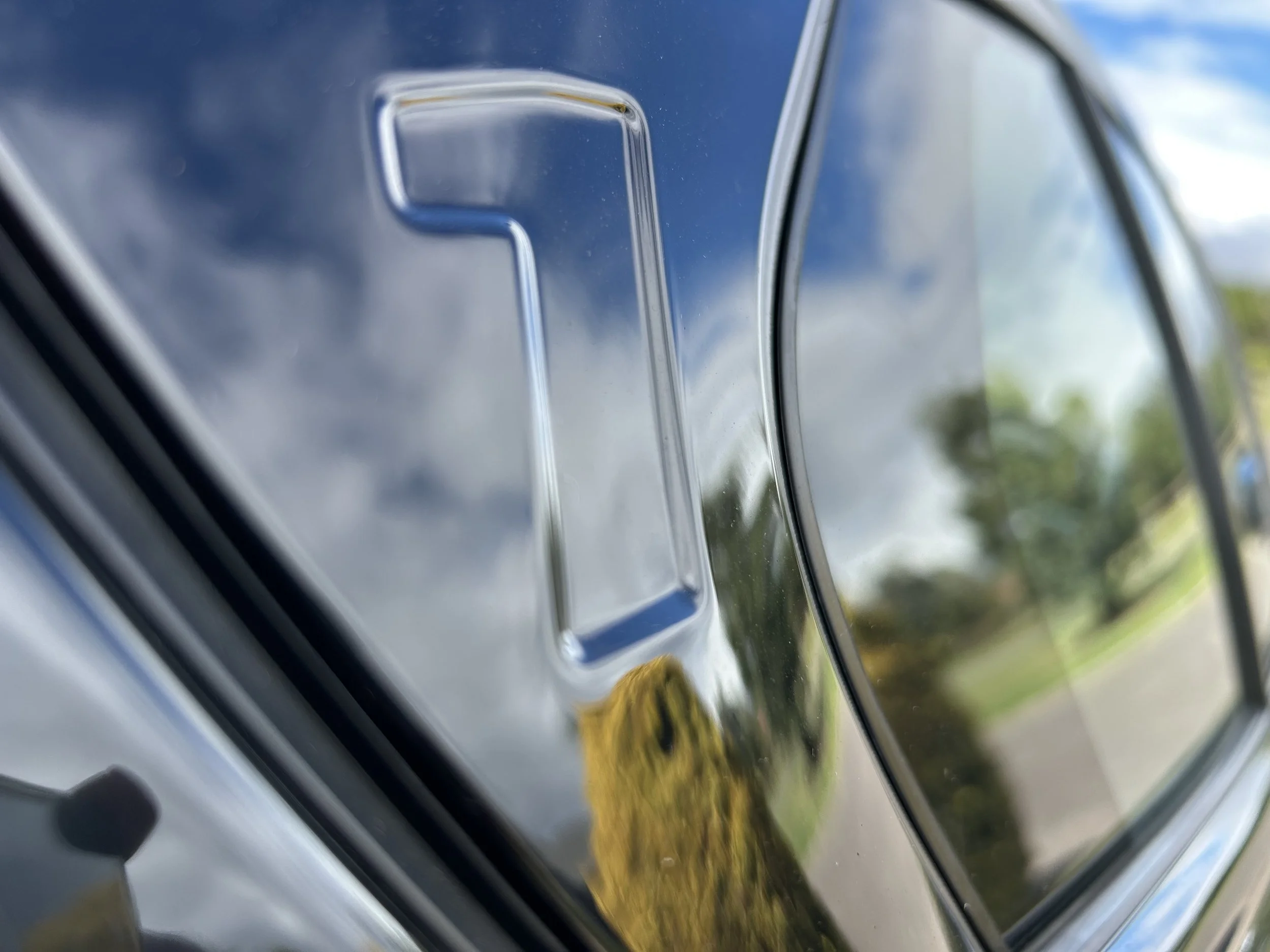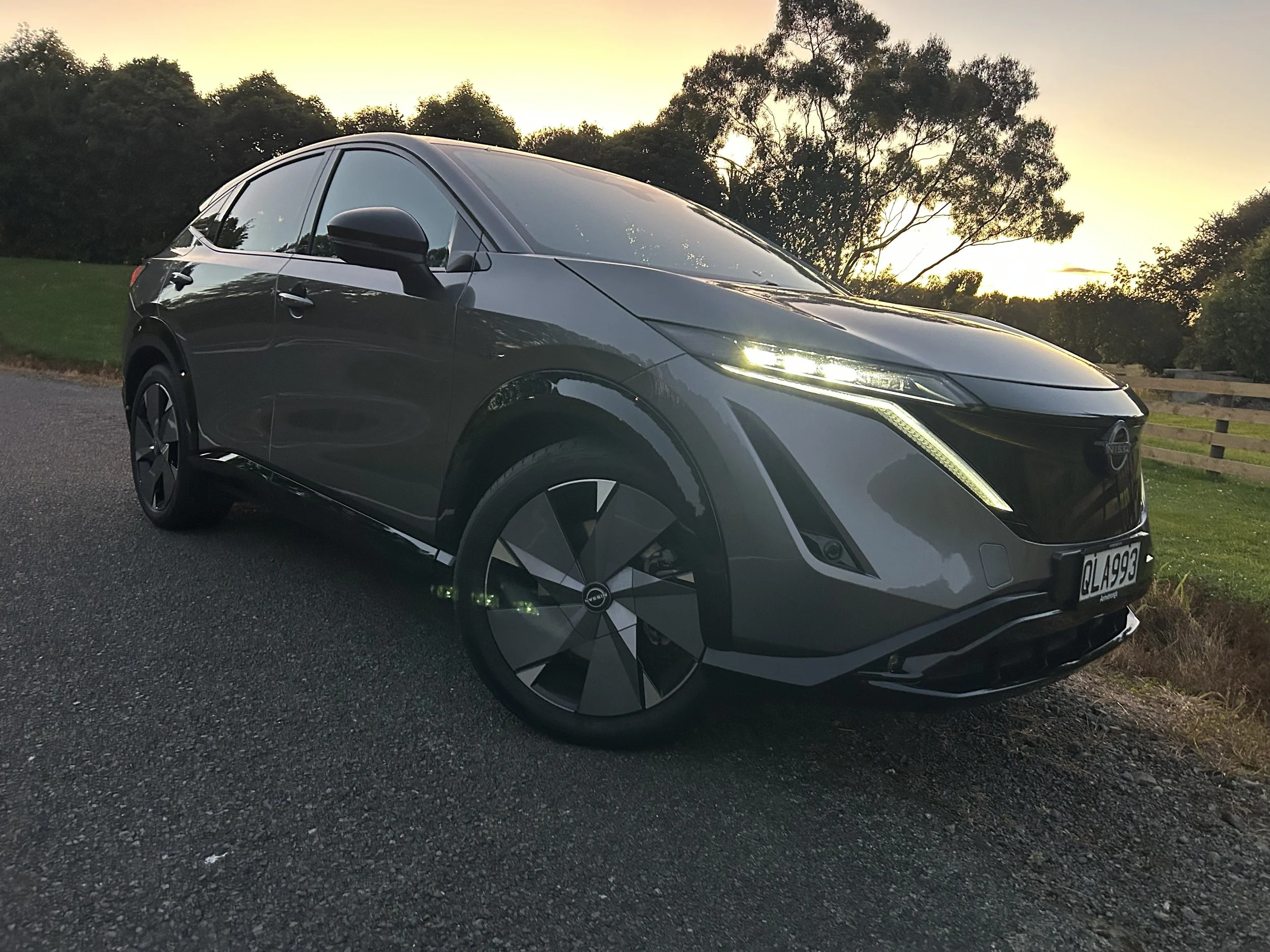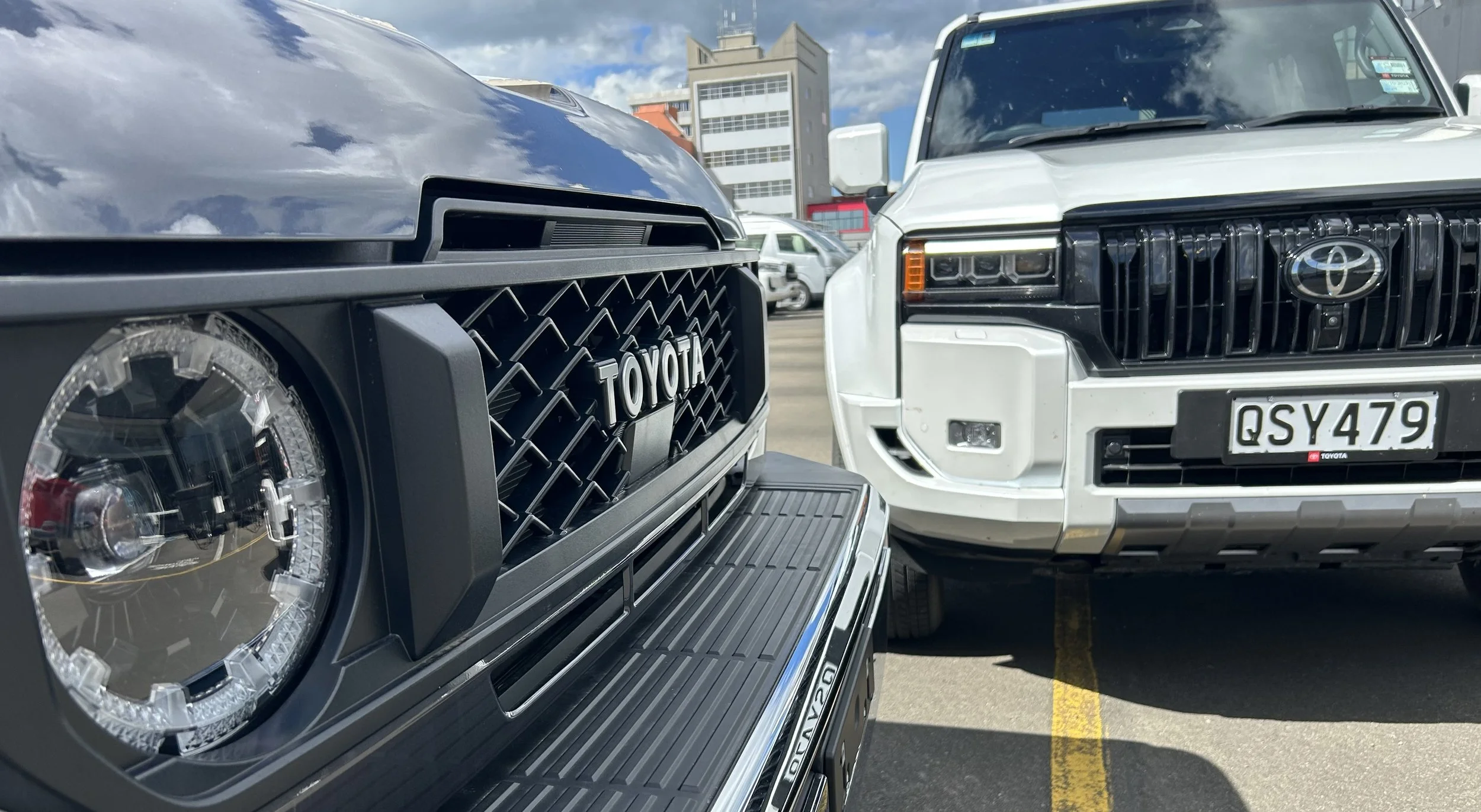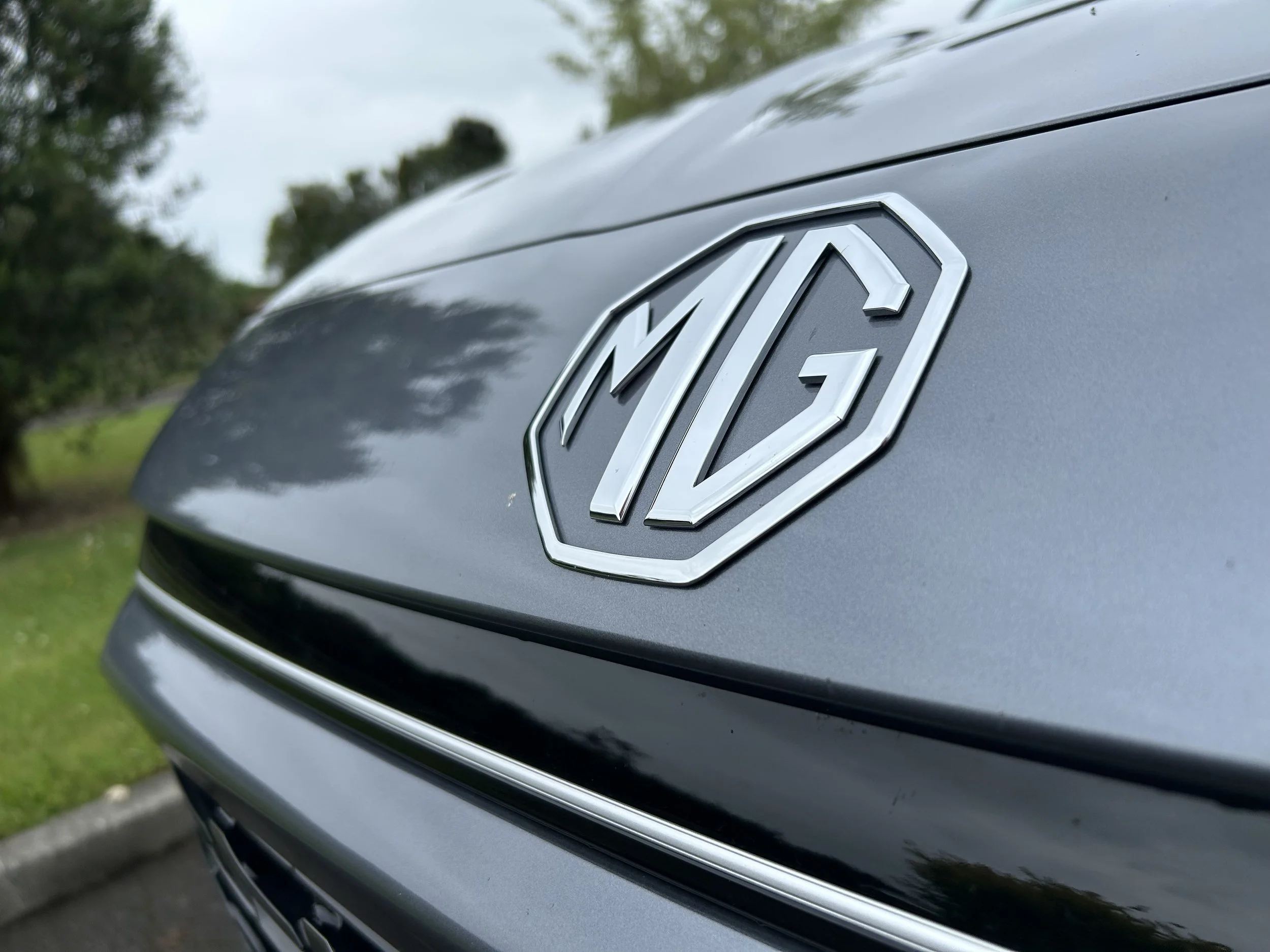Santa Fe and Sorento: Same yet different
/The latest editions of the Hyundai and Kia large SUVs are still twins, but far from identical – particularly on the inside.
the Hyundai Santa Fe (above) and Kia Sorento are classic examples of badge engineering.
I CAN just imagine the discussions that took place between two design teams during development of the latest Hyundai Santa Fe and Kia Sorento medium-sized sport utilities.
Hyundai: “We’re typically regarded as the more luxurious marque, so we want our interior to reflect that.”
Kia: “We’re typically regarded as the sportier and more youthful brand, so our interior should reflect that.”
To all intents and purposes the Santa Fe and Sorento are the same vehicle. They’re built on the same platform, share the same powertrains, and their base exterior designs are the same. And although they are built at different South Korean assembly plants – the Hyundai at Ulsan and the Kia at Hwaseong - they were no doubt also developed within sight of each other at the sprawling Hyundai Kia Automotive Group research and development centre at NamYang, in South Korea.
But the two vehicles are different, particularly when viewed from the inside. In there, it is the Sorento that indeed exudes the more youthful look, while it is the Santa Fe that is indeed the more grown-up and luxurious.
It’s called badge engineering – but it’s not as we used to know it.
The term had its origins in the days – as far back as 1917, in fact - when, in an effort to spread vehicle development costs, manufacturers would simply replace a car’s badging to create a new model that would be sold by a different brand. Such as swapping the badges of a Mazda 323 hatch and calling it a Ford Laser, for instance. Or in more recent times, changing the badges of an Opel Senator or Insignia and calling it a Holden Commodore.
The Sorento is larger, its wheelbase and body is longer, which translates to superior interior load space.
These days, in many instances the badge engineering has progressed far beyond simply swapping logos. Exterior styling between closely related vehicles can be considerably different, interiors can be unique, and ride and handling characteristics can be engineered to suit the particular needs of each particular vehicle.
Outstanding modern-day examples of all of this are the Santa Fe and the Sorento. And the best way to illustrate it all is to study their respective centre consoles – those areas that house all the control bearing surfaces ranging from infotainment to climate controls to gearshifts.
At the top level – the Santa Fe Limited and the Sorento Premium – the vehicles are powered by the same 2.2-litre turbocharged diesel mated to an eight-speed dual-clutch automatic operated via a shift-by-wire selector.
But the vehicles require different techniques to do the gear selecting. In the case of the Santa Fe the selector is a push-button thing with Reverse, Neutral and Drive in a top-to-bottom line, with Park (the electronic park brake) to one side. The Sorento’s selector is a rotary device with R, N and D in a left-to-right sequence with the P button in the centre.
The differences continue through the respective centre consoles. In the Kia, the audio and air conditioning controls are located between two air vents in the dash area immediately below a tablet-style infotainment screen, while in the Hyundai the controls are laid out in an orderly fashion slightly north of the gear selector.
There are numerous other differences in the centre console designs, and they all point towards the same design conclusion – that the Santa Fe should be seen as the more premium SUV, the Sorento as the more informal choice.
So which is best? Well, firstly I have to say that both interiors are very good, outstanding examples of how things can be the same but different. Study both interior designs closely and it is obvious that almost all the controls are essentially in shared locations, but their design and application are unique.
Hyundai’s interior is different to the Kia’s, not least when it comes to the gear selector design. This is the Santa Fe …. Rob didn’t like it.
…. here’s the Kia. And, again, a gear selector that failed to impress.
But as for the electronic gear selectors? Frankly, I don’t like either. I much prefer the sense of motoring involvement that comes via the use of a gearstick. Isn’t that ironic? It doesn’t seem that long ago that we were all moaning about the demise of manual gearshifts. Now I find myself moaning about the demise of auto gearshifters.
Mind you, there’s no denying the intelligence of the electronic transmissions. Our home has a short sloping driveway that requires us to reverse out of. When I had the Santa Fe for road test I initially found I was unable to select reverse gear and move off, because the Hyundai refused to disengage the electric park brake. It took a little while for me to realise this would not happen until we had clicked the driver’s seat belt in place.
Of course the same intelligence is aboard the Sorento, because they share the same transmission. In fact with both vehicles you are not allowed to move off in Drive either unless you have the driver’s seatbelt clicked in place.
Other differences between the two? While it is obvious the base design is the same, there are major differences in nose and tail design. The Sorento is larger, its wheelbase (2815mm versus 2765mm) and body is longer, which translates to superior interior load space. I believe that, to the uninitiated, the Santa Fe and Sorento have to be regarded as entirely different SUVs.
They’re both contributing solidly to their brands’ sales efforts, too.
As at the end of February Kia was running second beyond Toyota in passenger vehicle and SUV sales with a 13 percent share, while Hyundai was in sixth place with seven percent. But of these two medium-sized SUVs, it was the Santa Fe that was the dominant performer, sitting in 10th place with 338 sales.
That was a sound result for an SUV that sells for as much as $89,990 as a Limited – which is $13,000 more than the Sorento Premium. Could that be because customers prefer the more premium look of the Santa Fe to the extent they are prepared to pay the extra dollars? Or, does the Hyundai look more premium both inside and out than the Kia Equivalent?
After looking at the photographs accompanying this article, you be the judge.















